Transforming CT: Naeotom Alpha is the world’s first photon-counting CT scanner. (Courtesy: Siemens.
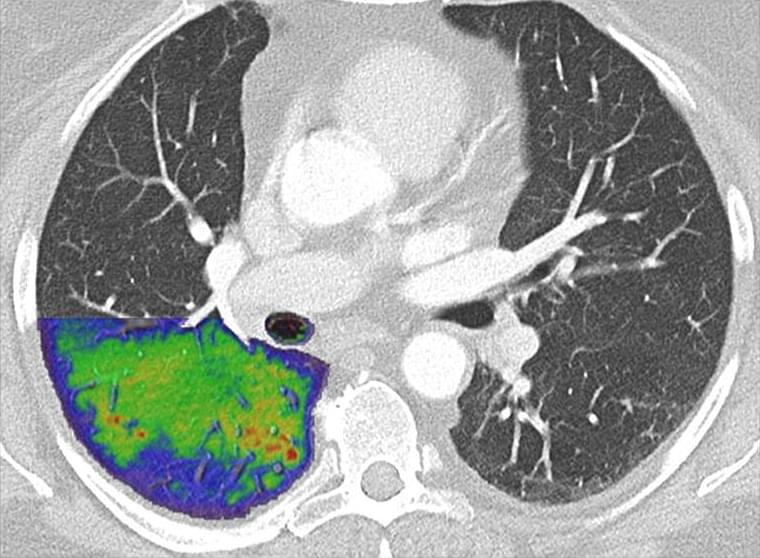

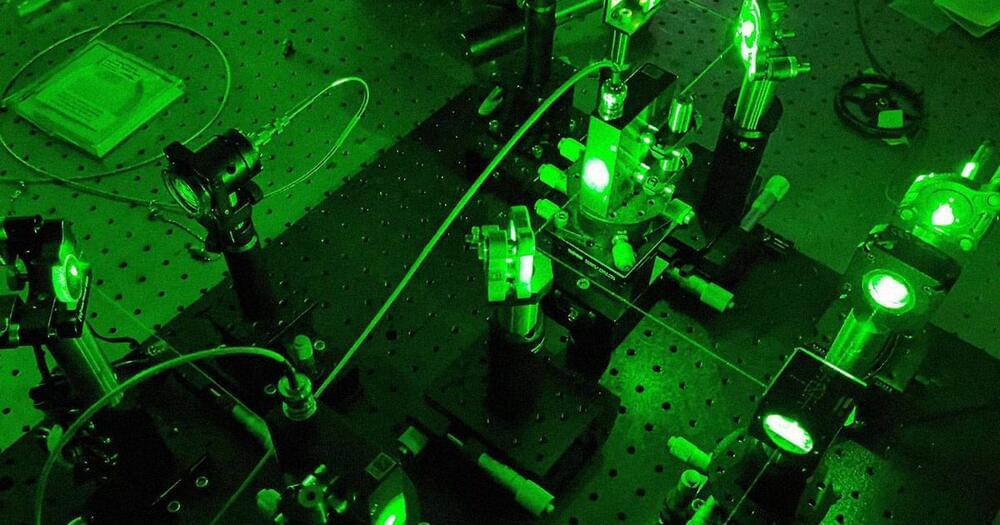
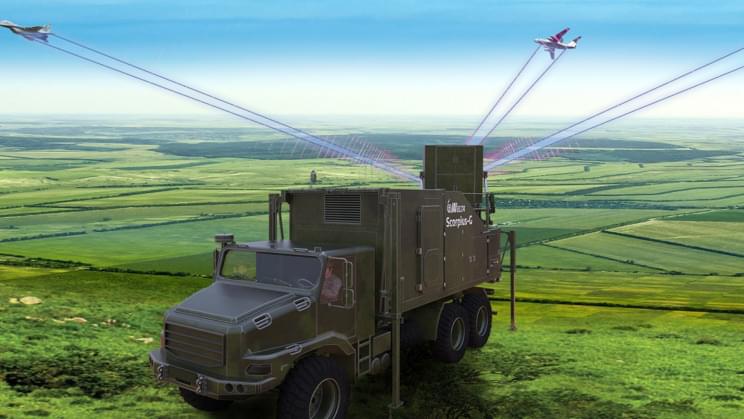
Behold Israel’s multitasking skills.
In a world where weapon systems heavily depend on advanced electronics and technology to coordinate attacks, it makes sense to deploy highly reusable and cheap electronic warfare (EW) tactics to counter them. An Israel-based manufacturer of such systems, Israel Aerospace Industries (IAI), has now introduced the ability to target multiple threats simultaneously.
Although electronic warfare is a new age weapon system, designers of the technology still follow the archaic methods of ‘point and shoot,’ severely limiting their targeting capacity. Not only does one need more weapon systems to counter a larger threat, but the response time also ends up being longer when you are targeting your threats in a serial order. IAI’s new offerings have fundamentally changed how electronic warfare systems are perceived and how they ought to work.

This Perspective explores the potential of an approach to neuromorphic electronics in which the functional synaptic connectivity map of a mammalian neuronal network is copied using a silicon neuro-electronic interface and then pasted onto a high-density three-dimensional network of solid-state memories.
We all love seeing data represented in pretty ways — whether it’s necessary or not. Take VU meters for example. They’re a super useful tool for audio editors to balance signals, but they also look really cool, even if you’re only listening to music. Who didn’t use a Winamp skin with a built-in VU meter back in the day? Even after the demise of everyone’s favorite media player, we still see these great graphs popping up all over the place.
Most recently, we’ve seen VU meters circle back around to have a bit of a retro vibe in this awesome Arduino-controlled LCD VU meter built by [mircemk]. Based on the KTAudio VU Meter project, it features an ultra-wide LCD, audio input, and volume knob, all tidily wrapped up in a case whose color scheme that can only conjure images of the famed Altair 8800, or an old Tektronix oscilloscope. The LCD itself is fairly responsive — but you can judge for yourself in the video below. The signature fading that so commonly accompanies screen refreshes on LCDs such as this one really adds to the retro effect.
You may just need one of these displays on your desk — after all, while you may not need to know how loud each audio channel is, don’t you at least want the information available? Just in case. Bar graph display a bit too modern-looking for you? Well then you should check out [mircemk]’s OLED version that displays dual analog meters.
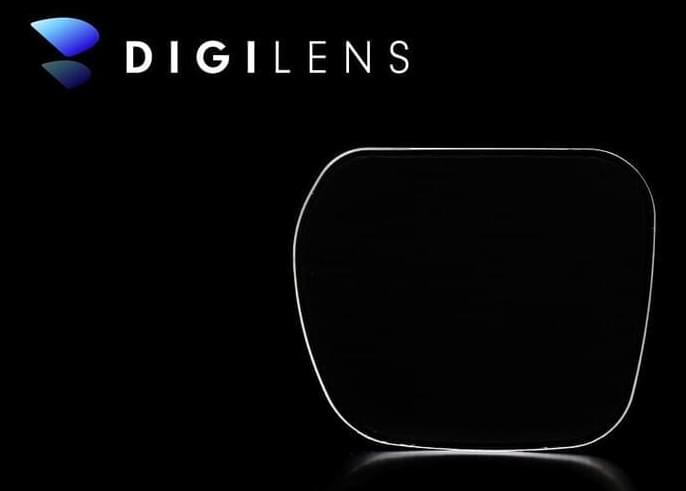
DigiLens has raised funding from Samsung Electronics in a round that values the augmented reality smart glasses makers at more than $500 million.
Sunnyvale, California-based DigiLens did not say the exact amount it raised for the development of its extended reality glasses (XR), which will offer AR features, such as overlaying digital images on what you see.
DigiLens CEO Chris Pickett said in a previous interview with VentureBeat that the latest smart glasses are more advanced than models the company showed in 2019.
Hello Friends, in this video i will show you How to Make a Metal Detector from old Tv at Home in very easy way, I hope everyone like this video. Thank you for watching! Please LIKE, COMMENT and SUBSCRIBE for More Updates.
SUBSCRIBE -
Link for Membership in my Channel — ((((https://tinyurl.com/yufmjy4h))))
Friends, my name is Jordan, am the author of the Handmade Creative channel.
On this channel I present everything that I have done with my own hands. I enjoy sharing Projects I make as a Hobbyist, and what i have learned through other content creators, I am NOT a Professional, not a Teacher, my hope is I simply Inspire you to go make something yourself. We turn simple things into unique ones! Subscribe, it will be interesting!
-Creative ideas.
–useful tips.
–homemade tools.
- hacks.
- review.
–toys.
Follow me.
SUBSCRIBE -
My Patreon For Support
Facebook Page — http://tiny.cc/6qpcbz.
Facebook Group — http://tiny.cc/9tpcbz.
Blogger — http://tiny.cc/75qcbz.
Pinterest — http://tiny.cc/fvpcbz.
Instagram — http://tiny.cc/fcqcbz.
Twitter — http://tiny.cc/ndqcbz.
Reddit — http://tiny.cc/75qcbz
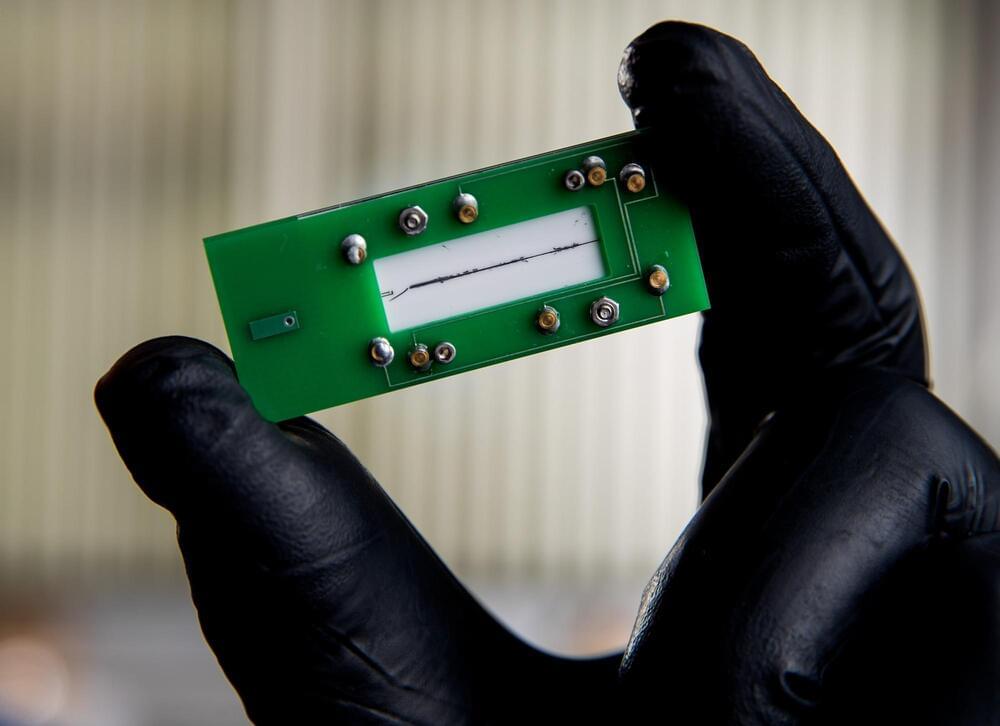
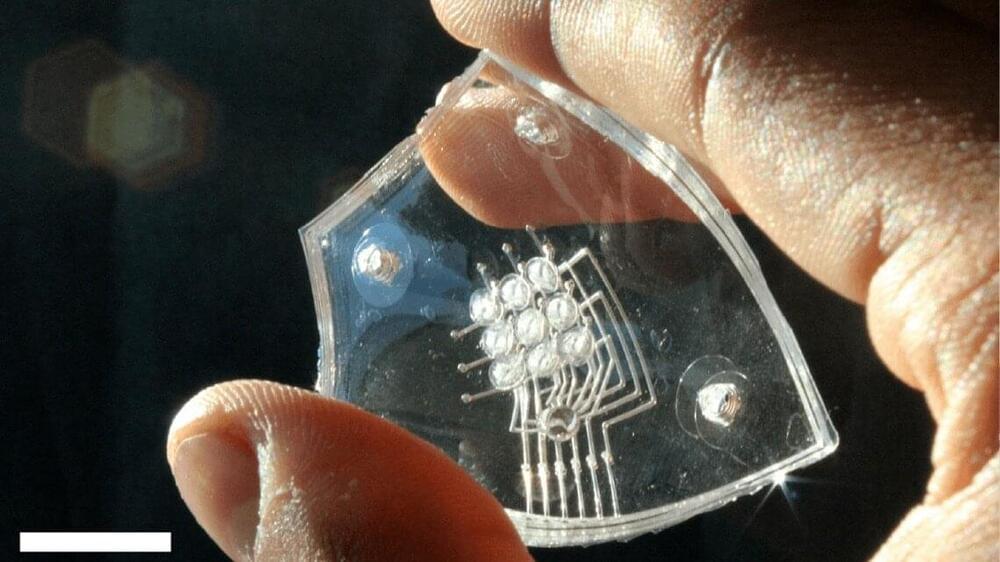
Imagine an iPad or a Kindle for the blind, with inflatable Braille that changes shape under a user’s touch. A Cornell-led collaboration has made a crucial component for such a technology: A haptic array of densely packed actuators that cause silicone membrane “dots” to pop up when triggered by combustion.
The team’s paper, “Valveless Microliter Combustion for Densely Packed Arrays of Powerful Soft Actuators,” published Sept. 28 in Proceedings of the National Academy of Sciences. The lead author is doctoral student Ronald Heisser.
One of the major hurdles for designing a dynamic Braille display for electronics is figuring out how to apply the necessary amount of force for each dot. Previous attempts have usually involved motors, hydraulics or tethered pumps, all of which are cumbersome, complex and expensive, according to Rob Shepherd, associate professor of mechanical and aerospace engineering in the College of Engineering and the paper’s senior author.
The newly developed battery-free system runs on harvested energy and can help massively reduce the growing e-waste problem.